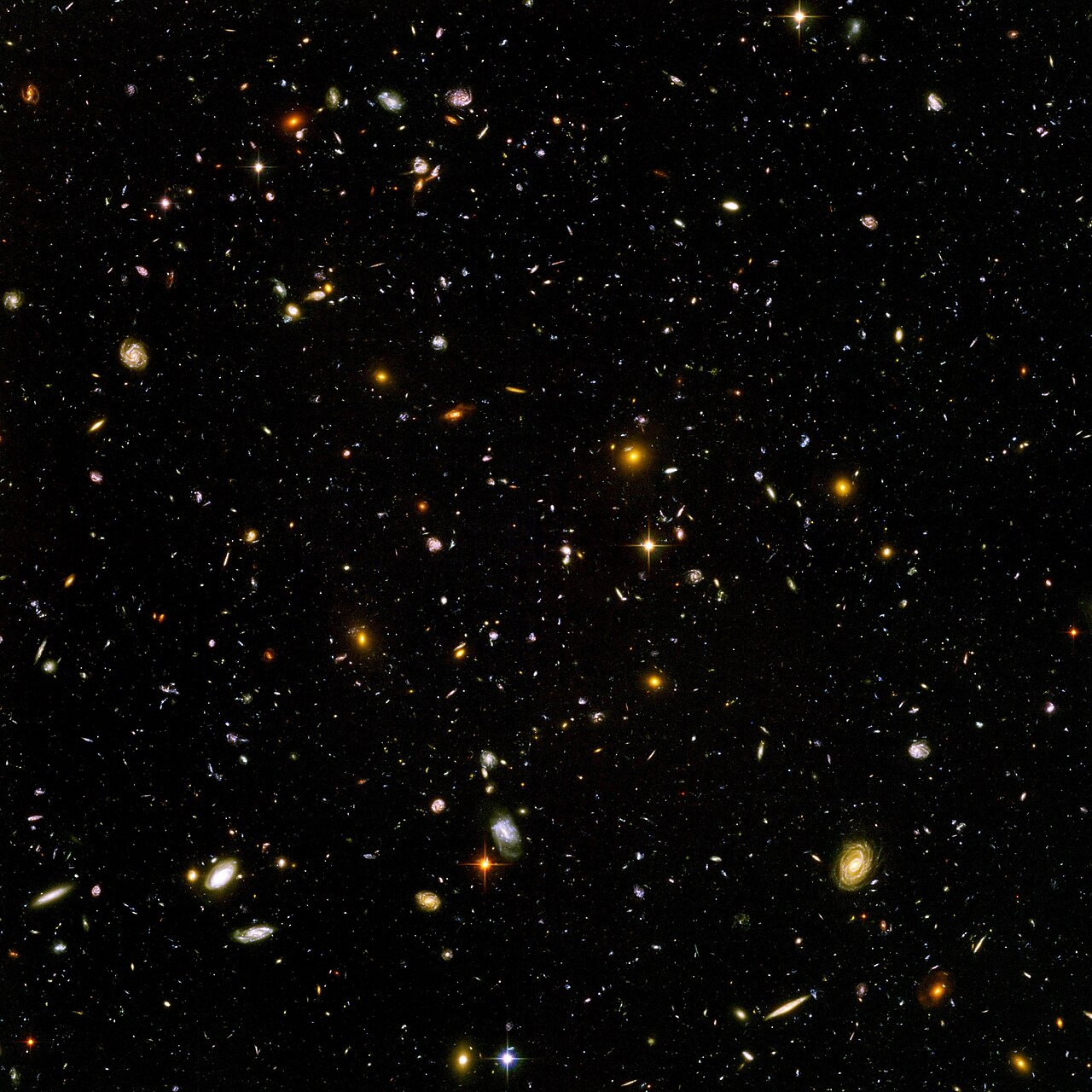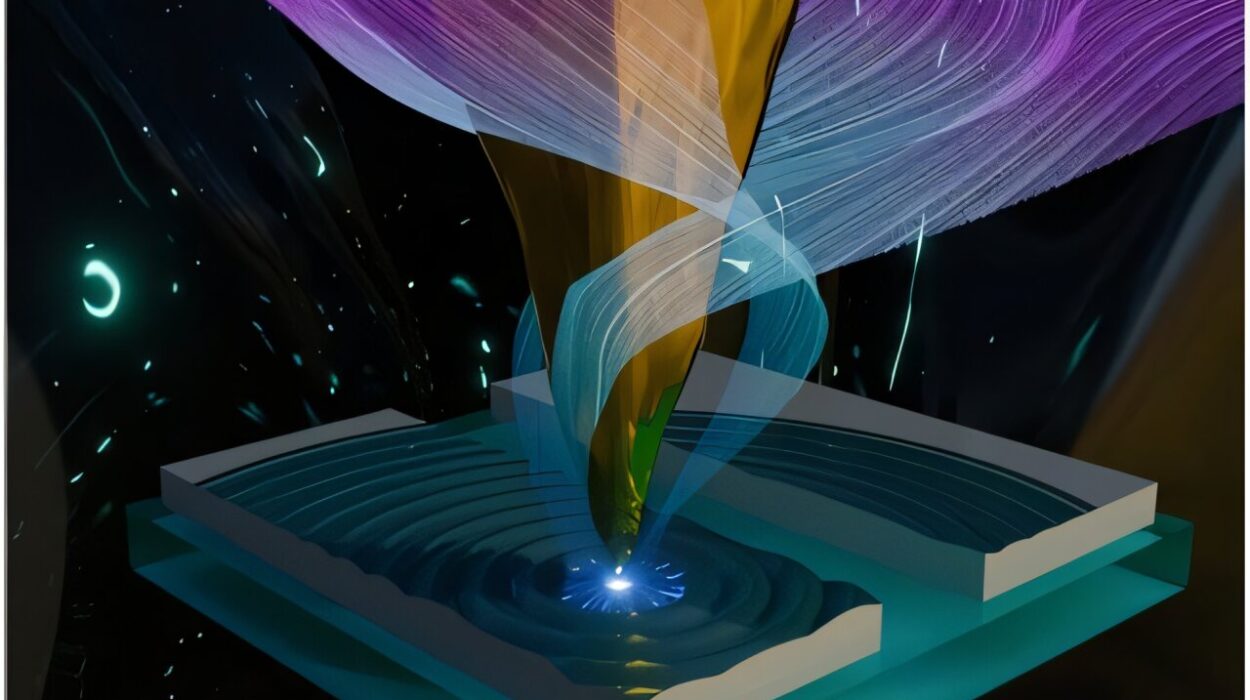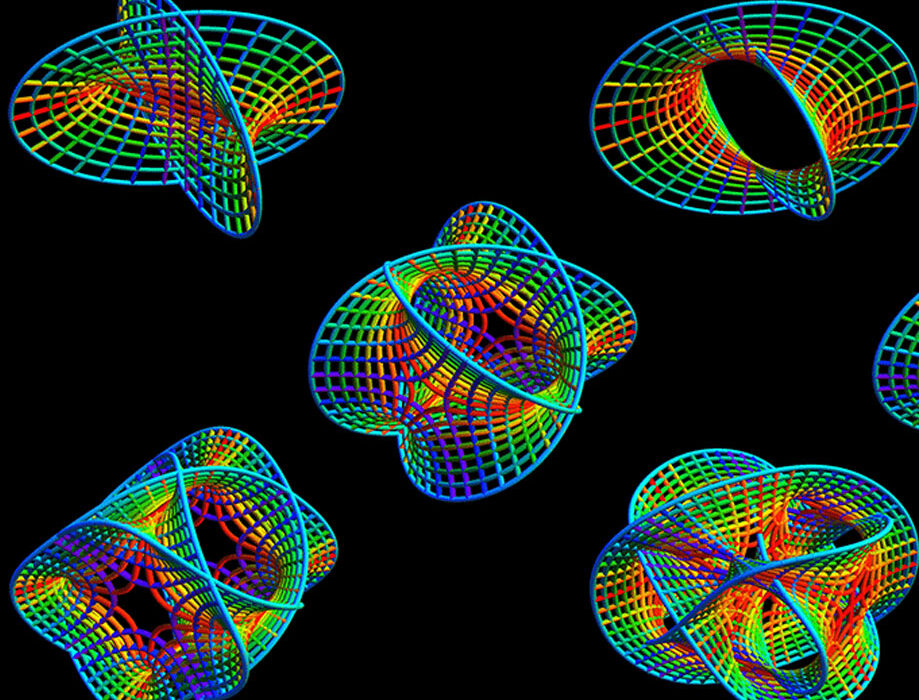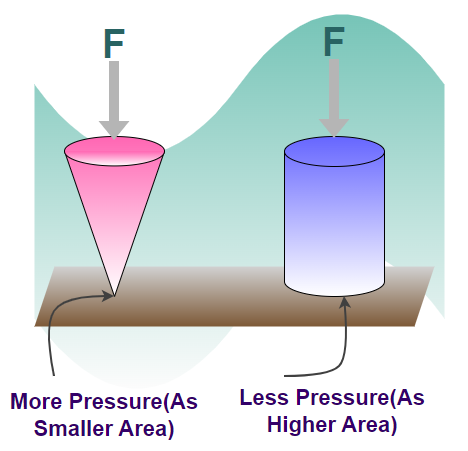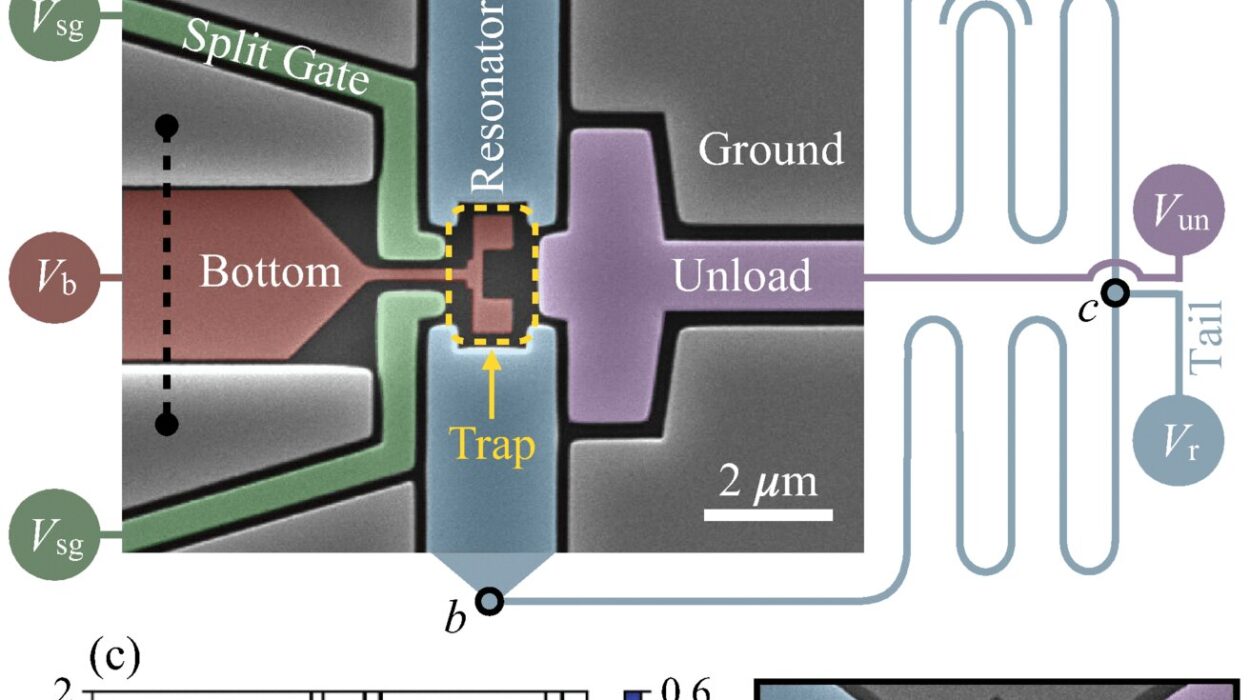Since the dawn of consciousness, humans have gazed into the night sky and asked the ultimate question: What is all this? The stars, the planets, the rising sun, the whispering wind, and our very thoughts—what makes it all tick? Thousands of years of philosophical debate, centuries of scientific revolution, and decades of experimental breakthroughs have brought us closer to understanding how the universe works. And while we may not yet have all the answers, physics—the most fundamental of all sciences—provides a lens sharper than ever before.
In this exploration, we’ll dive deep into the heart of physical reality, peeling back layers from classical mechanics to quantum fields, from the fabric of space and time to the whispers of dark energy. This is not merely a chronicle of equations and experiments, but a story of curiosity, imagination, and the enduring drive to understand existence itself.
The Clockwork Universe: Newton’s Legacy
In the late 17th century, Isaac Newton cracked open the first true window into the workings of the cosmos. With his laws of motion and universal gravitation, he introduced the idea that the universe operated like a grand clock—a deterministic system governed by predictable laws. Suddenly, celestial and terrestrial phenomena were linked. The falling apple and the orbiting moon danced to the same invisible tune.
Newton’s laws described a universe of absolute space and absolute time, where objects moved in response to forces, and everything could, in principle, be predicted. For over two centuries, this Newtonian vision held sway. It explained the tides, the motion of the planets, and the mechanics of machines. It was a world of certainty, one that seemed completely knowable if only one had enough data and enough computing power.
Yet even this magnificent framework had its blind spots. Mercury’s orbit deviated slightly from Newtonian predictions. Light, it turned out, did not fit easily into the clockwork. And as science delved into the extremely fast, the incredibly massive, and the astonishingly small, Newton’s universe began to strain under the weight of its own limitations.
Einstein’s Revolution: Space, Time, and Relativity
In 1905, a young patent clerk named Albert Einstein shattered the Newtonian mold with the Special Theory of Relativity. Building on Maxwell’s equations for electromagnetism and the constant speed of light, Einstein showed that time and space were not fixed, independent entities. Instead, they were interwoven into a four-dimensional fabric called spacetime.
This fabric was not passive. According to Einstein’s later General Theory of Relativity, mass and energy could bend spacetime itself, producing what we experience as gravity. No longer was gravity a force acting across a distance; it was a warping of the very geometry in which objects exist. Planets moved not because they were pulled, but because they followed the natural curves of spacetime shaped by the sun.
Einstein’s theories made predictions that were startling yet testable: the bending of light around massive objects, the time dilation experienced by fast-moving particles, the redshift of light escaping gravity wells. These effects have been measured and confirmed repeatedly, most dramatically in the precise timing of GPS satellites and the detection of gravitational waves.
But perhaps more profoundly, Einstein reframed how we think about reality. Space and time were no longer absolute; they were elastic, relative, and influenced by matter and energy. The universe was not a static backdrop, but an active participant in the cosmic drama.
The Quantum World: Probability, Paradox, and the Strange
If relativity rewrote our understanding of the cosmos on the grand scale, quantum mechanics transformed our view of the micro-world. At the beginning of the 20th century, physicists faced a crisis. Classical physics could not explain phenomena like the spectrum of blackbody radiation or the photoelectric effect. The solution was as radical as it was bizarre.
Max Planck and Albert Einstein introduced the idea that energy comes in discrete packets—quanta. Niels Bohr suggested that electrons orbit atoms in quantized shells. Werner Heisenberg formalized the idea of uncertainty, stating that one cannot simultaneously know both the position and momentum of a particle with perfect accuracy. Erwin Schrödinger introduced wavefunctions to describe the probability of a particle’s location.
In this quantum realm, particles behave like waves. They can be in multiple states at once—a phenomenon known as superposition. When measured, these states “collapse” into one outcome. Even more strangely, particles can be entangled, influencing each other instantaneously over vast distances, a reality confirmed by experiments but defying our classical intuitions about space and time.
Quantum mechanics works. It underpins the behavior of atoms, the operation of lasers, semiconductors, and MRI machines. But it also presents philosophical challenges. What is the nature of measurement? Is the wavefunction real? Does observation create reality? The interpretations—Copenhagen, many-worlds, pilot-wave—offer different answers but no definitive consensus. Still, quantum theory remains the most accurate physical theory ever devised.
The Standard Model: A Symphony of Particles
As quantum mechanics matured, it merged with special relativity and developed into quantum field theory, culminating in the Standard Model of particle physics. This framework identifies the fundamental particles—quarks, leptons, bosons—and the forces through which they interact: electromagnetism, the weak nuclear force, and the strong nuclear force.
Protons and neutrons are made of quarks, bound together by gluons. Electrons and neutrinos are leptons. Photons mediate electromagnetic interactions; W and Z bosons handle the weak force responsible for radioactive decay; gluons operate the strong force that holds atomic nuclei together.
And then there’s the Higgs boson. Proposed in the 1960s and confirmed in 2012 by CERN’s Large Hadron Collider, it is associated with the Higgs field, a pervasive quantum field that gives mass to particles. Without it, the universe would be a formless sea of massless energy.
The Standard Model is astonishingly successful. It predicts the results of countless experiments with extraordinary precision. But it is also incomplete. It doesn’t include gravity. It cannot explain dark matter or dark energy. It leaves neutrino masses mysterious. And it offers no explanation for the values of its many arbitrary constants.
Gravity and the Cosmos: From the Big Bang to Black Holes
While the Standard Model handles the small, Einstein’s general relativity reigns supreme in the large. It describes the behavior of stars, galaxies, and the entire universe. Its equations predict expanding spacetime, black holes, and cosmic horizons.
The current consensus model of cosmology begins with the Big Bang—an initial singularity around 13.8 billion years ago from which the universe expanded and cooled. As it did, particles formed, then atoms, stars, galaxies, and eventually planets and life. This expansion is ongoing and accelerating, driven by a mysterious component known as dark energy.
Black holes, once considered mathematical curiosities, are now understood as real objects. They form when massive stars collapse under their own gravity, creating regions from which not even light can escape. At their core may lie singularities—points of infinite density where known physics breaks down. Recent observations, including the imaging of a black hole’s shadow and gravitational wave detections, have confirmed their existence and properties.
Yet the union of general relativity and quantum mechanics remains elusive. At the heart of a black hole and the beginning of the universe, both theories are needed, but they currently clash. Resolving this tension is one of physics’ greatest challenges.
Dark Matter and Dark Energy: The Hidden Cosmos
Perhaps the most humbling realization of modern physics is how little of the universe we can see. Ordinary matter—stars, planets, gas, dust—makes up less than 5% of the cosmic energy budget. The rest is invisible and enigmatic.
Dark matter, comprising about 27%, does not emit or absorb light. We infer its presence from its gravitational effects on galaxies and clusters. It holds galaxies together, influences their rotation curves, and shapes the large-scale structure of the cosmos. Yet its nature remains unknown. Is it made of undiscovered particles like WIMPs or axions? Or does it hint that our understanding of gravity is incomplete?
Even more baffling is dark energy, constituting about 68% of the universe. It appears to drive the accelerated expansion of space. Its properties are consistent with Einstein’s cosmological constant, but its origin and physical basis are mysterious. Why is it so small yet not zero? Could it evolve over time? Does it point to a deeper structure of reality?
These questions are not merely academic. Understanding dark matter and dark energy is essential to unlocking the full story of the cosmos.
Toward a Theory of Everything: Strings, Loops, and Beyond
The holy grail of physics is a theory of everything—a single, coherent framework that unites all forces and particles, explains the origin of the universe, and accounts for every observed phenomenon. Several contenders have emerged.
String theory proposes that fundamental particles are not point-like but one-dimensional strings vibrating at different frequencies. These strings live in a spacetime with up to 11 dimensions, most of which are compactified. String theory naturally includes gravity and could reconcile it with quantum mechanics. However, it has yet to make testable predictions.
Loop quantum gravity takes a different approach, attempting to quantize spacetime itself. In this view, space is made of discrete loops, and geometry emerges from their network. It preserves many insights of general relativity while introducing quantum behavior.
Other ideas include causal set theory, emergent gravity, and various modifications of general relativity. Each offers a piece of the puzzle, but none has yet delivered the definitive picture.
The Role of Information, Entropy, and the Quantum Universe
In recent years, physicists have increasingly turned to the concept of information as a foundational principle. The holographic principle, inspired by black hole thermodynamics and string theory, suggests that the information content of a volume of space can be encoded on its boundary. This radical idea implies that our three-dimensional world might emerge from a two-dimensional structure.
Entanglement and entropy play key roles in this view. Some researchers believe spacetime itself could emerge from patterns of quantum entanglement—a network of relations rather than a backdrop. In this vision, the universe is not made of things, but of correlations, processes, and flows of information.
This shift from objects to relations, from geometry to information, may be as profound as the Copernican revolution or the quantum turn. It reframes what it means to “explain” the universe and opens new vistas for understanding.
Conclusion: Mystery, Beauty, and the Ongoing Quest
So how does the universe work? Physics offers astonishingly detailed answers—from the behavior of subatomic particles to the structure of spacetime, from the first instants after the Big Bang to the evolution of galaxies. Yet each answer leads to deeper questions.
The known universe is governed by elegant laws, yet suffused with mystery. It is rational and comprehensible, yet full of paradox and wonder. Our current theories are powerful, predictive, and precise, but incomplete. They are maps—sometimes stunningly accurate—but not the territory itself.
In the end, the question of how the universe works is also a question of how we work—how we perceive, think, and seek. It is not just a scientific pursuit but a human one, driven by curiosity, awe, and the desire to know our place in the cosmos.
As Einstein once said, “The most incomprehensible thing about the universe is that it is comprehensible.” We are small, transient creatures, yet our minds can reach across galaxies, fold time, and glimpse the quantum dance of particles. The universe is not a puzzle to be solved, but a symphony to be understood—one movement at a time.
